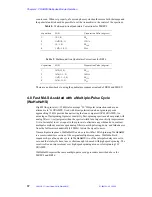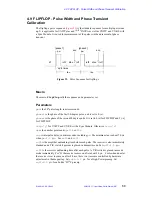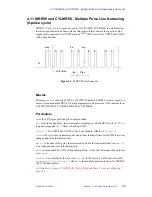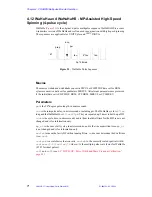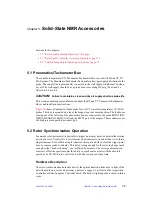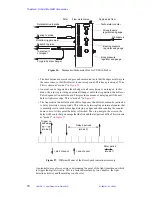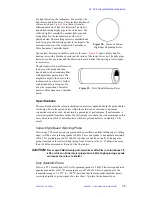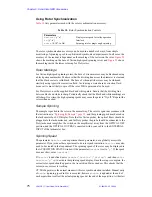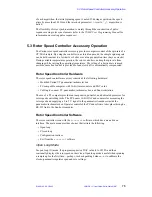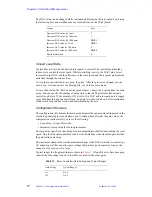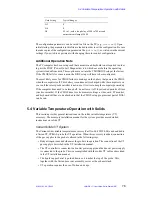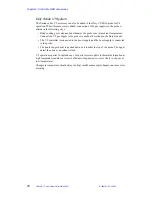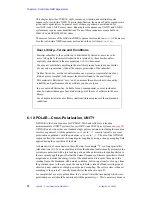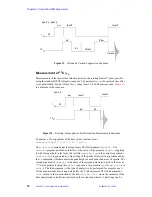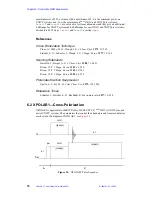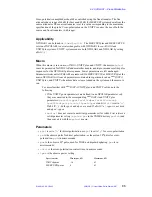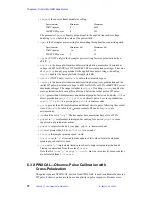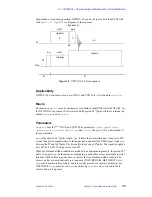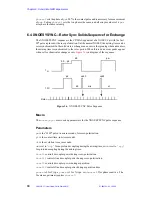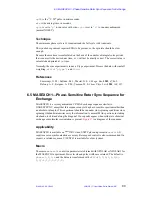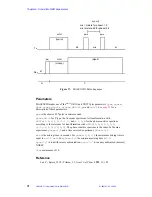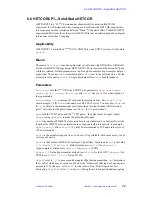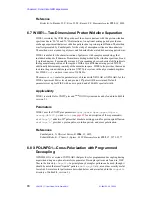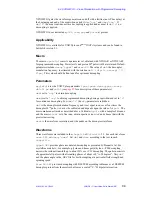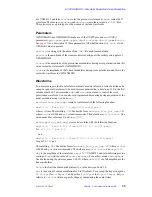
Chapter 6. Solid-State NMR Experiments
81
VNMR 6.1C User Guide: Solid-State NMR
01-999162-00 C0402
This chapter describes CP/MAS, triple-resonance, wideline, and multipulse pulse
sequences for solid-state NMR. To aid in identification, the names of pulse sequences are
given in all capital letters. In general, most of these experiments are intended for
UNITY
INOVA and UNITYplus systems. Running these sequences on UNITY, and VXR-S
systems may require some modifications. None of these sequences are available on
M
ERCURY
and GEMINI 2000 systems.
The macros for some of the solid-state NMR sequences are located in
maclib
. The macros
for other solid-state NMR sequences are located in the user library
userlib
.
6.1 XPOLAR—Cross-Polarization, UNITY
XPOLAR is the basic sequence for CP/MAS, MAS and solid-state relaxation
measurements for UNITY systems (for
UNITY
INOVA and UNITYplus systems, see
).
XPOLAR can be run either as a standard single pulse experiment, including the inversion
recovery experiment, with the parameter
xpol
set to
'n'
, or more typically as a cross-
polarization experiment, with the parameter
xpol
set to
'y'
. The use of the XPOLAR
sequence allows the removal of strong dipolar coupling by using a strong decoupling field
applied during the acquisition of the data.
A characteristic of some nuclei in the solid state, for example
13
C, is a long spin-lattice
relaxation time (T
1
). To overcome this problem, the abundant nuclei (usually protons) in the
systems are polarized with a spin locking pulse and the polarization is then transferred to
the rare spins by applying an rf field at the Larmor frequency of the rare spins that is of such
magnitude as to make the energy levels of the abundant and rare spins the same in the
rotating frame, the Hartmann-Hahn match condition. Following a transfer of energy from
the polarized spins to the rare spins, the rare-spin field is turned off and resulting signal
observed under conditions of high-power proton decoupling. The recycle time is then set
according to the proton T
1
, usually much shorter than the rare-spin T
1
.
For samples that use cross-polarization, the “contact” time (the time during which cross-
polarization occurs) should be optimized with the parameter
p2
. This is necessary because
User Library—Terms and Conditions
Material submitted to the user library is distributed by Varian as a service to its
users. All rights to the material submitted are retained by the submitter, unless
explicitly surrendered in the accompanying
README
document.
You may not redistribute anything in the user library in any form to anyone outside
of your own organization, without the express permission of the submitter.
Neither Varian, Inc. nor the submitter makes any warranty or representation of any
kind, express or implied, with respect the material found in the user library.
This material is distributed “as is,” and you assume the entire risk as to the quality,
reliability, and performance of any software you choose to use.
In no event shall Varian, Inc. be liable for any consequential, special, incidental,
direct, or indirect damages of any kind arising out of the use of software in the user
library.
Use of any material in the user library shall constitute acceptance of these terms and
conditions.

